This was published 3 years ago
Countries with the lowest population density: Social distancing is easy in these 11 places
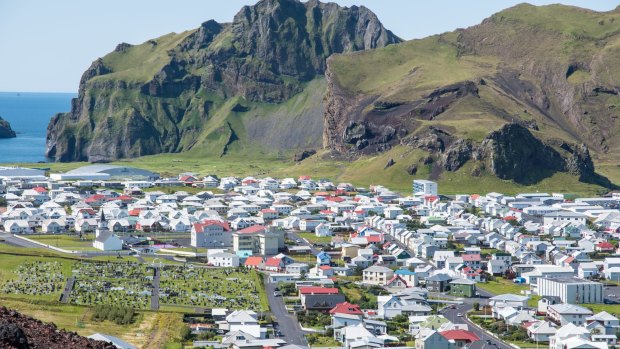
Iceland has a surfeit of natural wonders and few people.Credit: iStock
Once lockdown is lifted, flights resume, and people feel ready to start exploring the world again, we'd wager that many will be longing for somewhere remote, unspoilt and uncrowded.
So the world's least densely populated places would be a good place to start. Here they are, with inspiring quotes and travel suggestions from those who have been.
(Equal) 10. Suriname
3.7 people per square kilometre
Suriname, squeezed between French Guiana, Guyana and Brazil, was given to the Dutch by Britain in 1667 in exchange for none other than New Amsterdam (modern day New York) during the signing of the Treaty of Breda. Dutch remains the official language, and although the country is mostly rainforest – there are no natural harbours and few railways or roads – its capital, Paramaribo, is home to the Saint Peter and Paul Cathedral, which would not look out of place in a European city.
(Equal) 10. Iceland
3.7 people per square kilometre
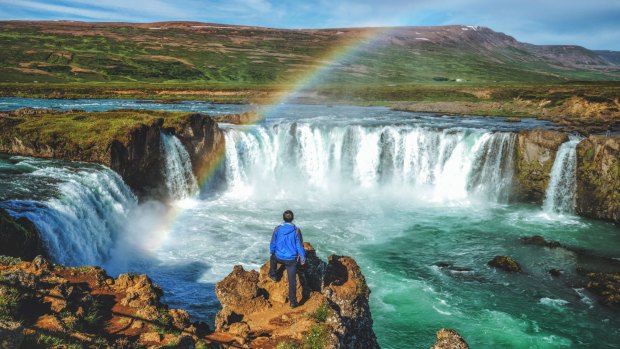
Credit: iStock
Tied with Suriname, Iceland has a population of around 365,000, with most living in the cool capital Reykjavík. Elsewhere on the island there are glacier walks, descents into volcanoes, and black-sand beaches. For Game of Thrones fans, it's a must.
Ute Junker wrote of her visit in 2018: "Iceland has a surfeit of natural wonders, from mighty glaciers and geysers to no fewer than 10,000 waterfalls, from the double-tiered Gullfoss to Seljalandsfoss, where a walking trail takes you behind the cascading water.
"It doesn't take me long to decide that Iceland's biggest attraction, however, is its people. Icelanders have a distinctively quirky world view. Perhaps that is what comes from living on an isolated island which is in darkness for half the year, a place where the average summer temperature is about 13 degrees."
9. Australia
3.1 people per square kilometre
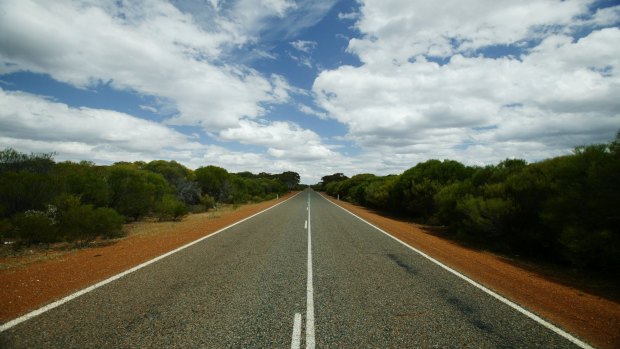
Credit: Andrew Quilty
"If there's romance in the open road, then there's a whole lot of romance in Western Australia," he wrote.
"This is a state with seemingly endless highways and byways, those that are arrow-straight and cleave the flat red earth, and others that wind through old-growth forests and rolling hills. Drivers still wave when they meet another car here, a sure sign that they haven't seen anything but trees and kangaroos in hours. It can be lonely country, but it's beautiful and ever-changing, a kaleidoscope of colour and texture. Perfect for a road trip.
8. Namibia
3.0 people per square kilometre
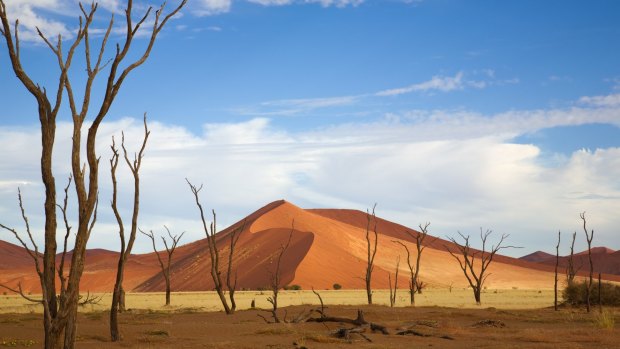
Credit: iStock
A destination filled with natural wonders and "great nothingness", Namibia is also leading the way when it comes to sustainabile tourism in Africa, as Nina Karnikowski learned on her recent visit.
"Since gaining independence from South Africa in 1990, the country has been leading the way for conservation," she wrote.
"Realising the vital role wildlife and landscapes play in attracting tourism, it was the first nation in the world to write provisions for environmental protection and conservation of natural resources into its constitution.
Along with wildlife, Namibia's big tourist attraction is its spectacular landscapes.
"Mining is Namibia's biggest industry, contributing to 25 per cent of its gross domestic product due to vast natural resources including diamonds, uranium and gold. But the value these landscapes hold for tourism, about 14.5 percent of the GDP, has stopped the government from letting them all be plundered by mining."
In Etosha National Park, Nina understood why: "Ethereal plains stretch out around us, their only boundary the arc of cloudless sky. High amounts of limestone and salt in the earth translate to a stark simplicity of colours – white earth, blue sky, the occasional light green spritz of saltbush".
7. French Guiana
2.8 people per square kilometre
Suriname's neighbour offers is sparsely populated and, surprisingly, has made an industry out of space launches, as Jamie Lafferty discovered in 2018.
"Of the many odd things about French Guiana (including the fact that France never really let it go), perhaps the oddest is that the semi-nation's biggest industry lies in outer space. The town of Kourou is home to the Guiana Space Centre, which shoots satellites into orbit at a near-monthly rate, right over the islands. Each time there's a launch they must be evacuated.
"Despite the threat of annihilation, however, the islands are famous in their own right. The colonial French ran part of their infamous "bagne" programme here. The idea was to build a successful colony on the backs of convicts, inflating charges and handing out insane sentences in order to justify shipping them out here for hard labour. As Australia was to the British Empire, so Guiana was to the French.
"There's no getting away from just how fascinating and extraordinarily pretty the islands are," he wrote.
6. Western Sahara
2 people per square kilometre
Uncrowded and disputed, Western Sahara is hardly on the radar of many travellers, and the federal government's Smart Traveller already had a "Do not travel" recommendation in place before the COVID-19 travel ban. The disputed territory has seen armed conflict and, while there is currently a ceasefire in place, Smart Traveller warns that "conflict could resume with little warning".
Traveller has never sent a reporter there, but Lonely Planet writes: "The region's recent Spanish past echoes languidly in cafes and restaurants, while one of the world's best kiteboarding scenes attracts international visitors seeking a more energetic Western Saharan experience.
"Occasional roadblocks on the fringes of the desert reinforce this is a disputed region, despite what is indicated by the Moroccan flags shifting in tropical breezes.
"Against this subdued background of international contention, a small group of pioneering expats are developing eco-aware and low-impact tours exploring the lagoon and surrounding desert."
5. Mongolia
1.97 people per square kilometre
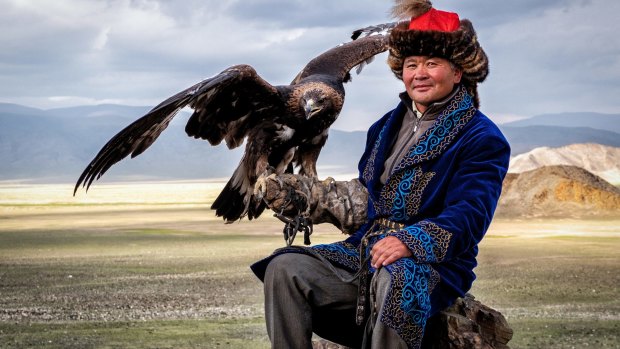
Credit: iStock
The world's least crowded sovereign state, Mongolia has a population density of 1.97 people per square kilometre.
Ben Groundwater visited in 2016 and later wrote of the country being a place that gets you our of your comfort zone.
"Mongolia is an amazing and beautiful country that has a culture like no other, and it's a culture that you as a visitor can very easily access," he wrote.
"From staying in a traditional ger, or yurt, to eating traditional food – mutton dumplings, fermented horse milk – to cheering at Nadaam, the annual festival of archery, wrestling and horse-riding (the "three manly skills"), to attending the Golden Eagle Festival to: this is a country in which nothing is recognisable."
4. Pitcairn Islands
1.2 people per square kilometre
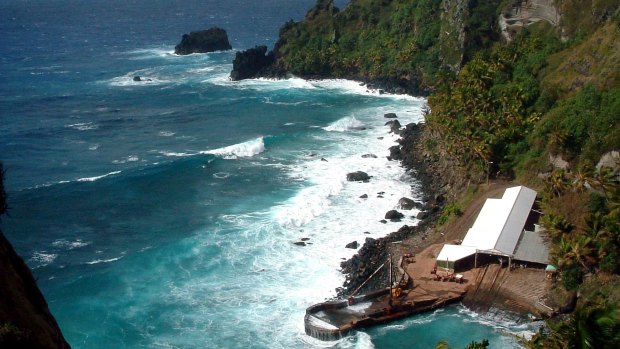
Credit: AP
Despite its small size (47 square kilometres), Pitcairn, with only 56 residents, still qualifies as one of the world's most sparsely populated places. It's also among the most remote islands on the planet - so don't go unless you enjoy your own company, or want to disappear.
The island residents are famously descended from the mutineers of the Bounty. Craig Tansley wrote of his visit for Traveller in 2015: "Getting off … and on … Pitcairn Island requires a Herculean effort. It is one of the world's most isolated islands. No plane or helicopter has ever landed there, nor has any ship ever moored off Pitcairn. Indeed, the island was only settled after the greatest unrecognised voyage of exploration in European history, by sailors whose sole intention was to disappear completely."
"For such a small island there's a lot of places to see. Each day I'm loaded onto a quad bike and deposited at the start of a rambling path. On my first morning we climb around a steep coastline of harsh, black lava; 50 metres below us waves smash into tiny rocky bays. We walk for an hour until we find a formation in the towering cliffs that look just like a cathedral.
"Every bay and every landmark on the island is mine to experience alone – but then, more people will climb Mt Everest in a year than visit Pitcairn Island."
Currently, Pitcairn is free of COVID-19. Bearing the resilience of mutinous ancestors who actively sought isolation to avoid swinging from a yardarm, Pitkerners' normally supplement their income via a trickle of tourists arriving on an irregular freighter, Silver Supporter, and sell handmade souvenirs to passing cruise ships. To protect against COVDI-19 impacting on a diminutive population of 45, neither tourists or visiting ships' crew may set foot ashore, nor may the islanders' board visiting ships.
"For much of Pitcairn's history there was no regular shipping service and contact with the outside world was entirely ad-hoc with passing vessels," says Nick Kennedy, the island administrator. "We're seeing the situation in that context. Nobody has spoken of an increased sense of isolation".
3. Falkland Islands
0.3 people per square kilometre
The British Overseas Territory is increasingly becoming a stop-off point for cruise ships heading south to Antarctica. The archipelago of more than 740 islands is about 500 kilometres east of the southern tip of South America.
Many of Traveller's writers have visited the islands while en route to the southernmost continent. Kerry van der Jagt explored the islands on foot back in 2011 and, while humans were few and far between, there were plenty of other residents.
"Of all the things I expected to experience when planning my trip to the Falkland Islands, dealing with loud-mouthed crowds was not one of them. Arriving at the beach on Sea Lion Island to find hundreds of locals lounging about as though they were at a Club Med resort was a complete surprise; some were complaining about the food, others were bickering, young ones raced around teasing and tormenting each other. I found a vacant patch of sand and hunkered down for a real bird's-eye view of a Falkland Islands domestic dispute.
"Despite their name, there's nothing genteel about gentoo penguins. With their white eye patches, flamboyant red beaks and a habit of pilfering their neighbours' pebbles, they are more cranky pants than Happy Feet.
"Charles Darwin spent two months here during his voyage on HMS Beagle, one year before he stopped at the Galapagos Islands. His observations of the differences in fossils found on the Falklands compared with those in South America sparked his interest in making comparative studies during the remainder of his voyage."
2. Svalbard and Jan Mayen
0.04 people per square kilometre
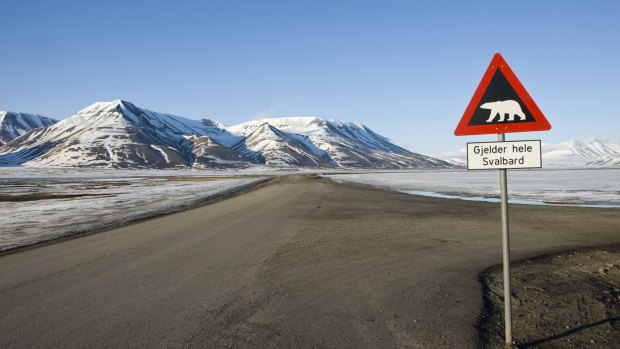
Credit: iStock
These Norway-administered Arctic islands have seen tourism grow 20 per cent annually over the past decade. Some 70 cruise ships now visit yearly, with tourist numbers topping 72,000 – quite a feat for one of the world's remotest places.
Brian Johnston wrote for Traveller last year about how this distant destination has become more accessible: "A journey this far north remains one of the ultimate adventures, but inaccessibility no longer comes with frostbite and a diet of seal blubber. A three-hour flight from Oslo wafts me in comfort to the Svalbard Islands, one of the world's remotest places.
"What hasn't changed is the landscape and the thrilling sense you're at the limits of the earth. Svalbard appears in a clash of rock and ice through gaps torn in the clouds.
"The Arctic is a daily marvel," he wrote of his experience on board an Abercrombie & Kent cruise. "I awake to see Svalbard's mountains slumped under snow beyond my cabin window. Over the next days, we sail beneath 500-metre cliffs dense in nesting puffins and guillemots, and hillsides where reindeer nibble on Arctic moss. Mind-boggling glaciers slide down every valley."
1. Greenland
0.03 people per square kilometre
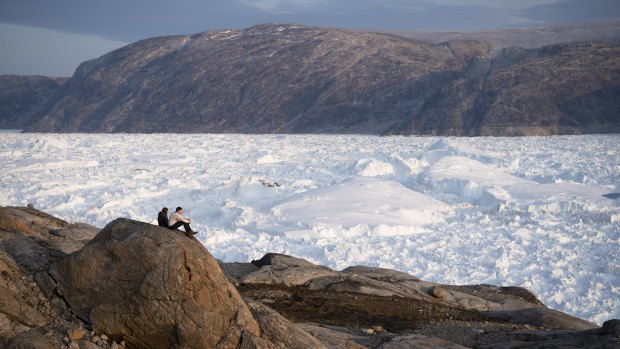
Credit: AP
The destination with the world's lowest population density, a giant landmass (arguably the world's largest island if you don't include Australia) of 2.166 million square kilometres, Greenland is a territory of Denmark with limited self-government.
Writer Steve Meacham urged travellers to visit before the impact of climate change damages Greenland's environment irrevocably:
"From the air, the mighty Greenland ice sheet looks magnificent, stretching as far as the eye can see – a vast, visual symphony of white ice and innumerable blue-green lakes sparkling in the summer sun and covering 80 per cent of the world's largest island.
"It appears immortal. But it doesn't take long after we land to be reminded that Greenland is on the frontline of global climate change. The evidence is everywhere. We see it in the first couple of hours when we drive up to the enormous 30-metre-high face of the ice sheet – the largest in the northern hemisphere – and listen to our Greenlandic guide describe how he's seen it shrink visibly over the past decade.
"We hear it from the fishermen who talk about how their catch is changing as the waters of the Davis Strait grow warmer, and from the villagers who tell us the winters are shorter and much less severe than they used to be. And we deduce it from the number of foreign scientists whose summer field camps we pass, most here for climate-change-related research."
Where to avoid?
The most densely populated places in the world? We've listed them below:
- Macao (21,340 people per square kilometre)
- Monaco (18,713)
- Singapore (7804)
- Hong Kong (6777)
- Gibraltar (4328)
- Bahrain (1831)
- Malta (1457)
- Bermuda (1338)
- Sint Maarten (1221)
- Maldives (1102)
With The Telegraph, London
See also: Eight of the world's last remaining truly remote destinations
Sign up for the Traveller Deals newsletter
Get exclusive travel deals delivered straight to your inbox. Sign up now.